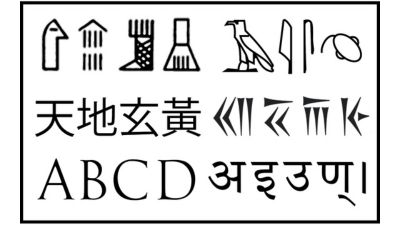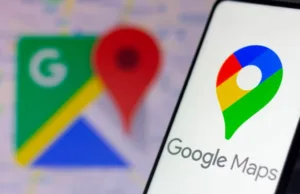Ancient Tongues: Unearthing the Origins of Humanity’s Oldest Languages

Ancient Tongues: Unearthing the Origins of Humanity’s Oldest Languages
June 29, 2024
The roots of linguistic anthropology delve into the grounds of culture and the birth of languages that became the sources of communication and medium of connectivity between people(s), which is now modernized and widely spread. The languages that first existed constitute the linguistic diversity of the globe.
Here’s a brief breakdown for you to understand them in a simpler yet, insightful manner:
- Language Diversity: Over 7,100 languages exist today, but nearly 40% are endangered, reflecting millennia of human history.
Ancient Scripts: Languages like Sumerian, Akkadian, and Egyptian (using cuneiform) date back at least 4,600 years. Egyptian hieroglyphs from Pharaoh Seth-Peribsen’s tomb contain the earliest complete sentences.
Oldest Still-Spoken Languages: Hebrew and Arabic have written evidence dating back around 3,000 years, belonging to the Afroasiatic language family, which dates 20,000 to 10,000 years.
Debated Origins: Chinese, Sanskrit, and Tamil are also debated as some of the oldest languages, with Chinese likely evolving around 4,500 years ago, Sanskrit from 1500-1200 BCE, and Tamil’s literature possibly dating back 7,000-2,800 years.
Ongoing Debate: Determining the world’s oldest languages continues to challenge scholars due to incomplete evidence.
2. Egypt’s ancient civilization includes Egyptian Coptic as its oldest indigenous language, documented since 3400 BC. It remained predominant in Egypt until the late 17th century AD. Today, Coptic is mainly used in the liturgy of the Coptic Church, with fluency limited to a small number of speakers.
3. Sanskrit, the ‘language of the gods’ in Hinduism, Buddhism and Jainism, is pivotal in understanding ancient Indian history and scriptures. It influences languages across South Asia and is fundamental to texts like the Vedas and Bhagavad Gita.
4. Tamil, spoken by 78 million people, is among the world’s oldest languages. It belongs to the Dravidian family and is predominantly spoken in Tamil Nadu, India, with official status there and in Sri Lanka and Singapore. Ancient inscriptions from the 3rd century BC validate its antiquity.
5. Hebrew ceased widespread use around 400 CE but remained a sacred language for global Jews. Its revival in the 19th and 20th centuries, driven by Zionism, established it as Israel’s official language. Modern Hebrew, though different, enables full comprehension of ancient texts and has been shaped by other Jewish languages.
6. Arabic, the language of the Quran, is spoken by 260 million people worldwide in various dialects. It influences languages like Urdu and Malay and has contributed words like algebra, alcohol, and emir to English.
7. Chinese, spoken by 1.2 billion people, includes many dialects and ancient characters dating back 3,000 years. In 1956, the script was simplified for readability.
8. Greek, the official language of Greece and Cyprus, has a 3,000-year written tradition spanning Ancient, Medieval, and Modern stages. It’s spoken by over 15 million people, with large communities in the United States and Australia.








